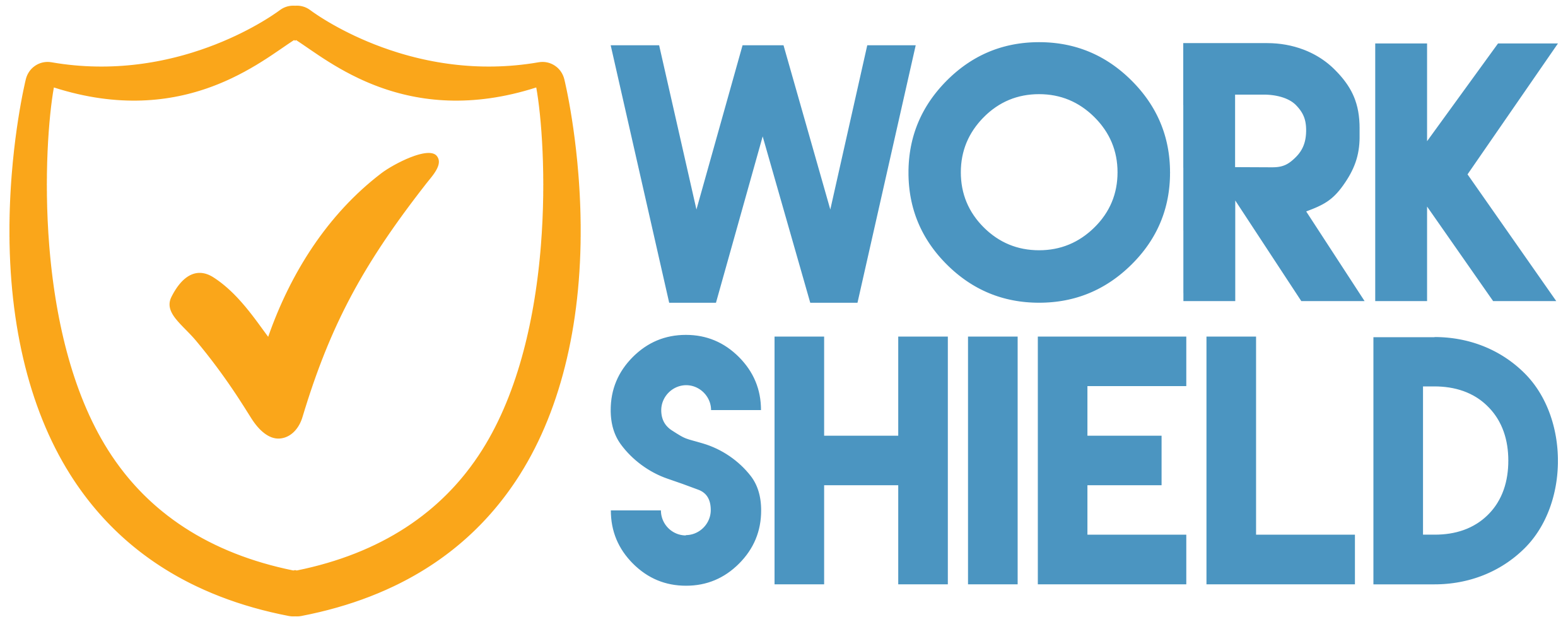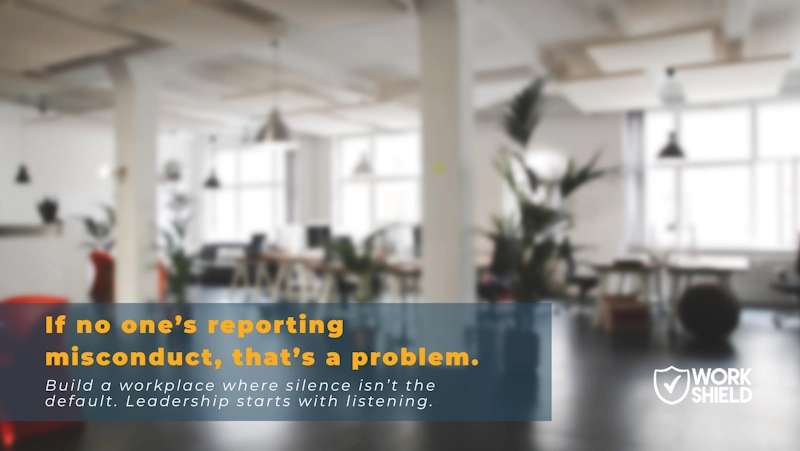Workplace stress is a prevalent problem around the world and in the U.S.. According to research from the American Psychological Association, 60% of the American population feels very stressed by their professional work. Additionally, 25% of workers view their jobs as the number one stressor in their lives. Now, with the impacts of the COVID-19 pandemic on the traditional workplace environment, as well as the heightened social and racial unrest following the death of George Floyd a little over a year ago, workplace stress is more prevalent than ever before. According to a survey by Human Resource Executive, 69% of workers said that the coronavirus pandemic is the most stressful time of their entire professional career. Similarly, data from the Census Bureau found that within a week following George Floyd’s death, anxiety and depression among African Americans spiked to higher rates than experienced by any other racial or ethnic group, with 41% screening positive for at least one symptom of mental health issues.
At Work Shield, we not only care about the mental wellbeing of our employees, but also the employees of companies everywhere. We also understand the impact that a stressful work environment can have on employees, not only with their wellbeing, but also their overall health. According to the American Institute of Stress, job stress is more strongly associated with health complaints, than stress from financial or family problems. With these staggering statistics and the fact that April is Stress Awareness Month, we’re shedding more light on the issue by rounding up everything companies and employees need to know about how to identify and combat workplace stress.
Triggers that Lead to Stress
A variety of factors can lead to stress in the workplace. Some of the more obvious triggers include heavy workload, long hours, job insecurity and insufficient pay. However, poor workplace culture is also a leading cause of stress for employees. A toxic work environment can manifest in many ways, including a lack of support from company leaders, few or unequal opportunities for advancement and harassment and discrimination. This toxicity, coupled with the traditional stress triggers mentioned above, can create an unhealthy and unproductive work environment. In order to reduce workplace stress, it’s important to identify and address the warning signs behind stress in the workplace. From there, companies can improve the office environment for a less stressful and more positive experience.
Warning Signs of Workplace Stress
After a long day of work, it’s normal for employees to feel tired, but it’s important to be able to differentiate from when you’re just tired and when you’re experiencing workplace-induced stress. There are many warning signs of workplace stress, such as problems sleeping, lack of concentration, muscle tension or headaches, or frequent mood swings. When these signs are ignored, they often lead to burnout. According to the World Health Organization, burnout is defined as a syndrome conceptualized as resulting from chronic workplace stress that has not been successfully managed. Burnout is characterized by feelings of depletion or exhaustion, increased mental distance from one’s job, cynicism, and reduced professional efficacy. Recent analysis by Deloitte found that 77% of workers say they have experienced burnout at their current job, with over 50% reporting more than one occurrence of burnout. To prevent burnout and other warning signs of workplace stress such as low-productivity and high-turnover, it’s important for employers to provide resources that help alleviate and combat stress in the workplace.
Ways to Combat Workplace Stress
According to a recent report by Gallup, the number one method for combating workplace stress is for companies to prioritize employee wellbeing. For some companies, this prioritization may include mental health days to focus on reducing stress, or D&I initiatives to create a more inclusive environment. For others, it may feature training on how to identify triggers and warning signs, as well as actionable steps to take to reduce stress. Additionally, in order to prioritize employee wellbeing, it’s critical that organizations ensure that employees feel heard in their experiences in the workplace, both positive and negative. For example, studies have shown that 75% of employees who are harassed or discriminated against in the workplace don’t report it because they do not trust their company’s internal processes and oftentimes fear retaliation. This fear and lack of trust can be contributors to workplace stress, leading to the low productivity and high turnover rates mentioned above. With that, it’s important that employee wellbeing remains a top priority and that companies pursue a variety of methods to help employees combat workplace stress.
At Work Shield, we help companies and employees manage all types of workplace harassment and discrimination from start to finish, allowing organizations’ cultures to be comprised of integrity, trust and wellbeing for all. To learn more about how Work Shield’s solution helps combat workplace stress and burnout and protects company culture, contact us here.
About Jennifer PopeJennifer is the Co-Founder of Work Shield, the only start-to-finish workplace harassment and discrimination reporting, investigation and resolution solution that protects employees, employers and cultures at the same time. Jennifer’s background as an attorney fueled her desire to help others. She leverages her experiences from Hewitt Associates, Thompson & Knight, and SMU’s Dedman School of Law to help employers shift the paradigm related to workplace harassment to ensure that everyone has a voice.
Connect with Jennifer on LinkedIn.





